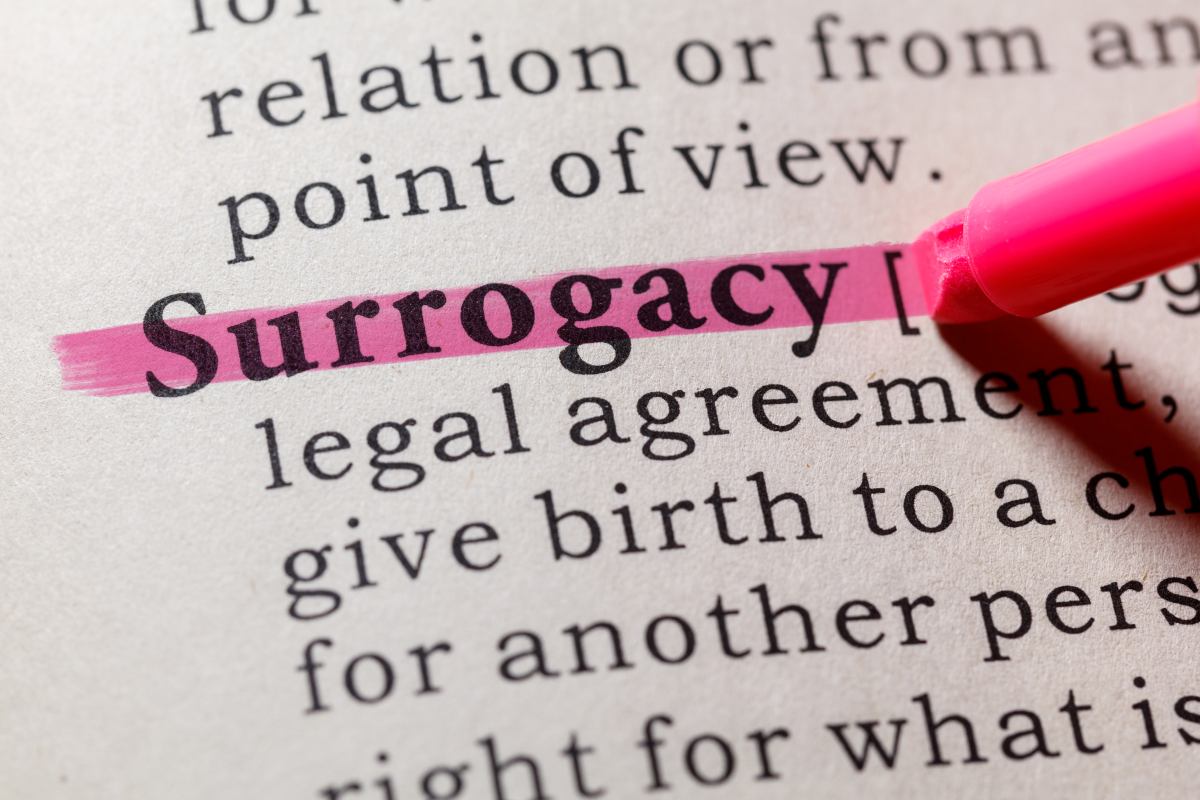Canadians are increasingly turning to assisted reproduction, such as surrogacy, to assist in achieving pregnancy.
Whether you’re considering becoming a parent through surrogacy or acting as a surrogate, understanding when and how to formalize your surrogacy agreement is key to protecting everyone’s rights.
What is a Surrogacy Agreement?
A surrogacy agreement is a written agreement between a surrogate and one or more intended parent(s). Prior to conception, the parties involved should ensure they have surrogacy agreement in place and have received in independent legal advice prior to signing.
A surrogacy agreement will address all aspects of the process, including the period before conception, during pregnancy, and post-birth. This will include relevant details such as:
- the parties’ intentions regarding the child and each party’s role;
- specifics regarding psychological and medical assessments and counselling;
- details surrounding conception, embryo transfer, and the gametes to be used;
- prenatal obligations;
- percentage and parental rights;
- insurance obligations;
- expenses and reimbursement; and
- contact post-birth,
A surrogacy agreement will also ensure that parties are aware of their rights and obligations under the legislation that governs surrogacy in Canada, the Assisted Human Reproduction Act (“AHRA”).
It is important to note that while an agreement can set out the parties’ intentions on a vast range of potential issues, not all are strictly enforceable. For example, it remains the surrogate’s decision whether to terminate a pregnancy and where to give birth. Turning the party’s attention to these issues before they arise, however, can help to avoid possible conflict or disagreement in the future.
Why have a surrogacy agreement?
Entering into a surrogacy agreement prior to conception allows the parties an opportunity to turn their minds to the difficult questions that may arise during a pregnancy. These include such issues as genetic testing, dealing with left over embryos, and the termination of a pregnancy.
A surrogacy agreement demonstrates the pre-conception intention of all parties involved. This can be particularly relevant in the instance of dispute as a Court will assess such intentions in adjudicating issues that arise. Further, some clinics will not perform insemination, egg retrieval, or embryo transfer without the parties having entered into an agreement.
Conclusion
Intended parents and surrogates can avoid uncertainty surrounding surrogacy and future legal issues by having a valid surrogacy agreement that clearly outlines expectations and provides all parties the opportunity to understand their legal rights.
Our Family Law team understands the complexities of surrogacy agreements and can guide you through every step of the legal process. If you have questions about surrogacy, get in touch with us today.
This blog was written by Alaina Woolfrey and assisted by Victoria M. Brown, a 2nd year University of Ottawa Common Law Student, with Pro Bono Student’s Canada




